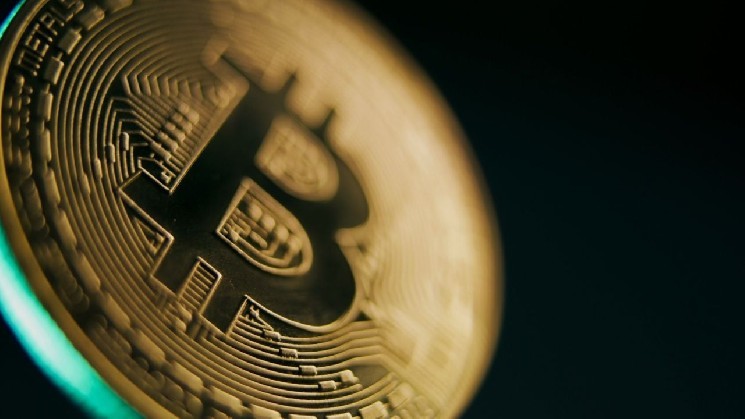As trade war chaos escalates and global financial systems fracture, one expert warns bitcoin could become a critical hedge amid rising instability and geopolitical fallout.
Trade War Chaos Is Spreading: Expert Reveals How Bitcoin Could Benefit From the Breakdown
Matthew Sigel, who leads digital asset research at investment management firm Vaneck, shared a detailed breakdown on April 4 via social media platform X, exploring how the U.S.’ latest tariff strategy could influence bitcoin and digital markets. “The Trump administration’s April 2 tariff package—targeting imports from China and the EU—has reignited global trade tensions and heightened the risk of monetary and geopolitical fragmentation,” he began.
Sigel suggested that the broader implications of the tariffs may lie in their influence on policy and infrastructure rather than immediate market disruption. He explained:
While slower growth alone isn’t bullish for bitcoin, the potential policy response is: if tariffs drag on GDP without sparking a new inflation wave, the Fed may have scope to cut rates—reintroducing the liquidity conditions under which bitcoin has historically excelled.
“At the same time, the weaponization of trade and financial infrastructure continues to drive interest in neutral settlement rails,” the Vaneck executive added.
He then pointed to real-world developments supporting this shift. “That interest is no longer theoretical. China and Russia were recently revealed to be settling some energy transactions using bitcoin and other digital assets—just as we anticipated. Bolivia also announced plans in March to import energy using crypto. And in Europe, French utility EDF will explore using surplus electricity—currently exported to Germany—to mine bitcoin,” he said. “These developments highlight how digital assets are evolving from speculative instruments into tools for energy trade and monetary realignment. In that context, the latest tariffs aren’t just an economic story—they may be an accelerant for bitcoin’s role in the emerging multipolar order.”
For investors monitoring potential ripple effects, Sigel urged a focus on multiple signals. He advised:
Investors should watch the evolving path of Fed policy: dovish shifts in rate expectations and rising liquidity are historically positive for bitcoin.
He also recommended observing the U.S. Dollar Index (DXY) for any signs of weakness and watching spot bitcoin exchange-traded fund (ETF) activity, which has remained net positive by approximately $600 million year-to-date. Additionally, he flagged the importance of tracking potential retaliatory moves from China or the EU—particularly any that bypass dollar-based systems—which could further reinforce bitcoin’s appeal as a politically neutral financial instrument.
